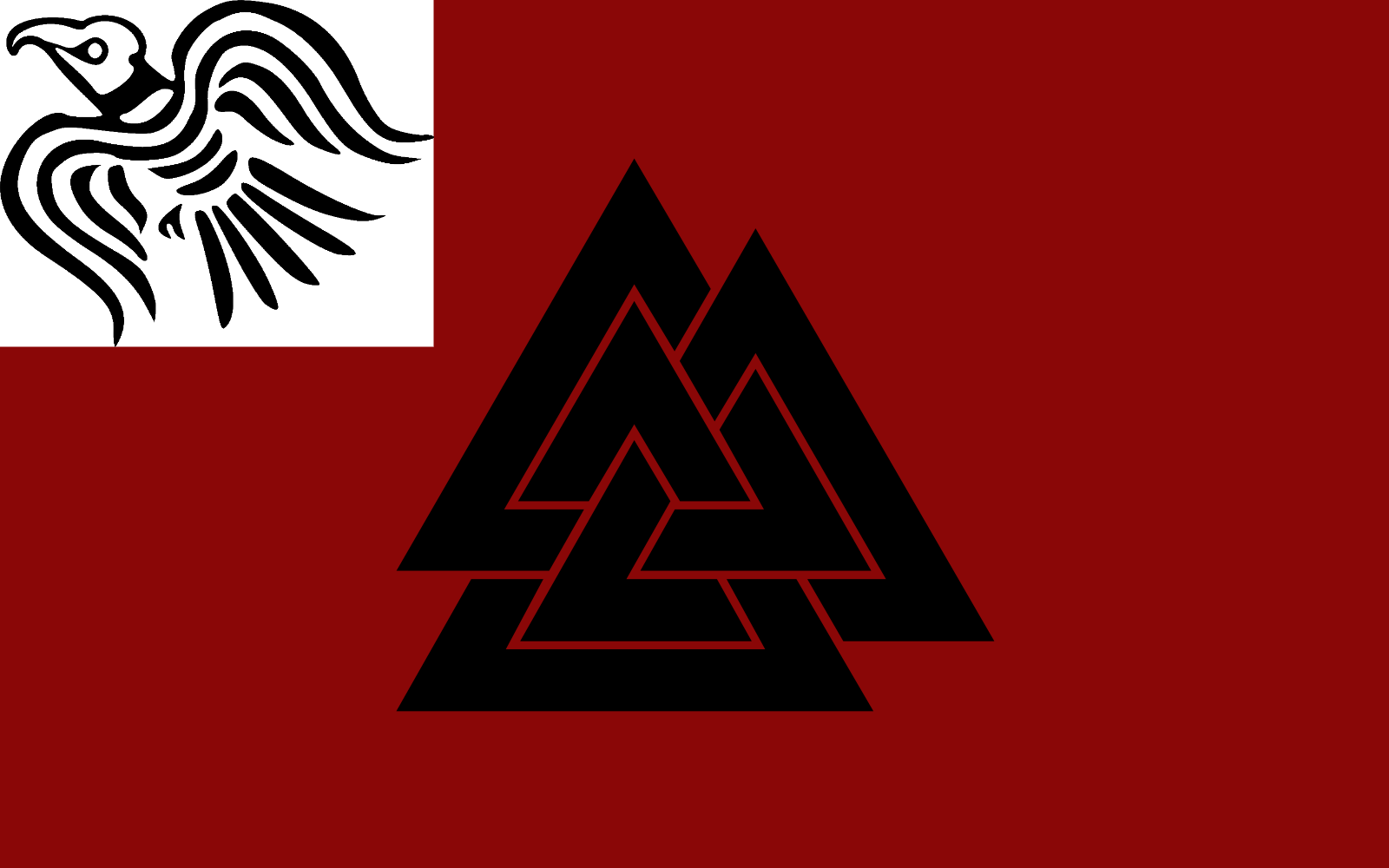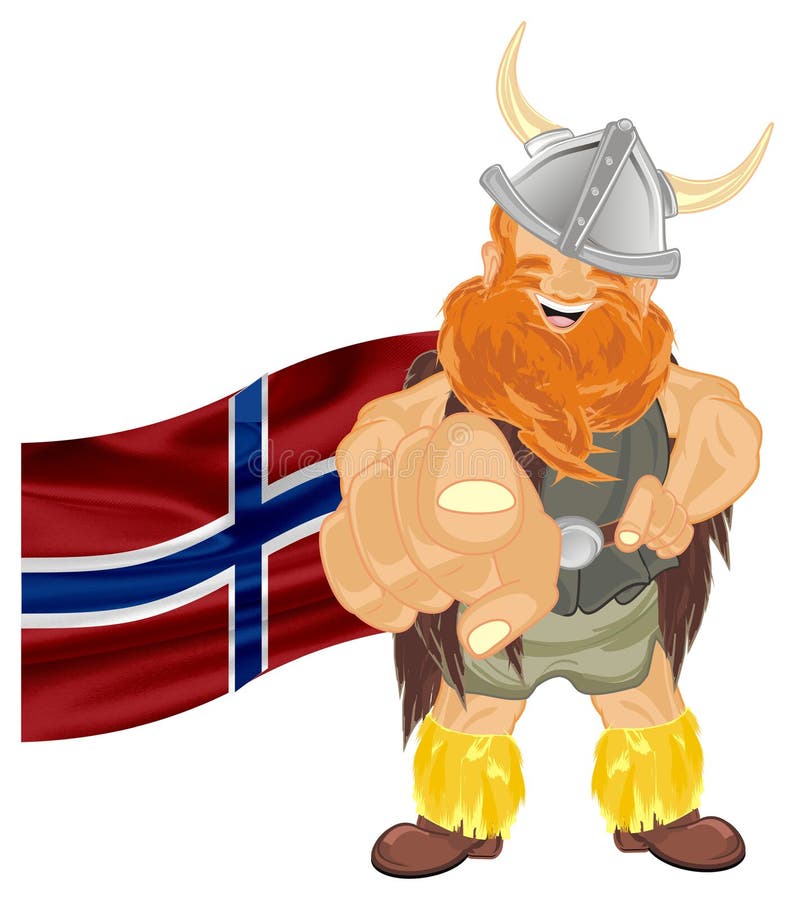

- #Viking flag with red and white stripes and a bird code
- #Viking flag with red and white stripes and a bird free
The dragon – also called serpent ( ON ormr) – (perhaps modeled after the Midgard Serpent) was a primary motive for the royal longships, but also other magical beings could be used as dragonheads on some ships. The symbolic function of the dragonhead is enhanced by the fact that ships often were named after the magical animal that graced it’s prow. It clearly shows who the leader is and where the leader is in battle. The dragonhead made it easy to recognize a certain ship. ( Grágás was used from about 930 and written down about 1117)

#Viking flag with red and white stripes and a bird code
The Icelandic law code Grágás says that the dragonhead should be taken off the ship when the Vikings returned to their homestead, not to intimidate the spirits of their native land. It also had magical functions: It would provide protection for ships and crew – and it should ward off evil spirits both on land and sea. The dragonhead should scare away enemies. ( Photo Wikimedia commons, Malene Thyssen) (Shetelig & Brøgger: Vikingeskipene, 1950) I.e that the development towards larger ships than the Gokstad ship, at least on the West Coast of Norway, has taken place long before the 900. It is very likely that the dragon Harald Fairhair built on the west coast of Norway was a ship of 30 rooms. The term of this first class of great ships ( ON stórskip) were in the oldest time dragon, later, others as well. (Judith Jesch, Ships and men in the late Viking Age, 2001).

The word dreki for a ship derives from the practice of placing carved dragonheads on ships, and is part of a group of words from the same semantic field used by poets of such ships, but there is no evidence that it was a tecnical term for any particular type of ship. It was the occurrence of a dragonhead on the prow that decided whether a ship could be called a dreki. The term dragon ( dreki) could be used both for the ship types called “skeid” and for the ones called “busse”. THE TERM DRAGON/DRAKE COULD BE USED FOR SEVERAL TYPES OF SHIPSĭragons were large longships, from 25 sections an upwards. The ship’s dragonhead was a visual message about the owner’s status. They were ships for chieftains and kings. However, these beautiful animal heads can give us an indication of how the dragon heads that adorned the Viking ships might have looked like.(Photo: Museum of Cultural History, University of Oslo, Norway)ĭragonships were large longships that had carved heads of dragons and other magical beings mounted on their stem. Probably the figures were used in religious processions. Keep up to date with everything to do in Northern Virginia by subscribing to our newsletters.Five animal heads were found in the Oseberg grave, but none of them belonged to the ship.
#Viking flag with red and white stripes and a bird free
Harris Pavilion: 9201 Center St., Manassas free Grab your swords and shields-it’s time to party like a Viking.įor more information, visit. This event was the creation of Erna Hákonardóttir Pomrenke and Susie Fosaaen, inspired by a handful of other Viking-inspired festivals that take place around the United States. Visitors can research their potential Scandinavian roots with the Icelandic Roots Genealogy Ancestry database which will be on site, as well as buy Viking-era artwork and handmade goods from vendors of near and far.Īlso new this year is the Val-Howl-A Hall dog show, where Viking-breed dogs, such as Icelandic sheepdogs and Norwegian buhunds, will get their time to shine.Īnd because the festival is all in good fun (with historical context, of course), there will be a wife carrying race in honor of Mother’s Day, and the winner will go home with a flower bouquet. This year, the festival will be filled with more than just shiny armor and friendly flags.įeaturing Viking reenactments with local historians, an open session of Althing, the Viking version of government discussion that predated modern-day parliament, the event’s entertainment lineup will also include live music from the Crossjacks of Tennessee. The event attracted over 4,000 attendees last year with a replica Viking-era ship, combat reenactments, Norwegian and Icelandic horses and more.

What’s that off in the distance? Could it be … the red and white-striped sail of the Norseman? Why, yes! The Norseman, a Viking ship replica (owned by the Leif Ericson Viking Ship, Inc., based out of Philadelphia) will be back in all of its glory at the Manassas Viking Festival on Saturday, May 11. Photo via Facebook/Manssas Viking Festival


 0 kommentar(er)
0 kommentar(er)
